A block is given a velocity of 10 m/s and a force of 100 N in addition to friction force is also acting on the block. Find the retardation of the block?

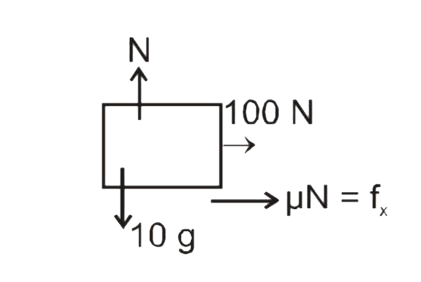
As there is relative motion
∴ kinetic friction will act to reduce this relative motion.
fk=μN=0.1×10×10=10N
100 + 10 = 10a
a=11010=11m/s2
Topper's Solved these Questions
- BOOK - MOTIONCHAPTER - NLM & FRICTIONEXERCISE - EXAMPLE47videos
NLM & FRICTION
- BOOK - MOTIONCHAPTER - NLM & FRICTIONEXERCISE - SOLVED EXAMPLE16videos
NLM & FRICTION
- BOOK - MOTIONCHAPTER - NEWTON'S LAWS OF MOTION & FRICTION EXERCISE - Exercise - 3 Section-B12videos
NEWTON'S LAWS OF MOTION & FRICTION
- BOOK - MOTIONCHAPTER - ONE DIMENSION MOTIONEXERCISE - Exercise - 3 |Section - B Previous Year Problems | JEE MAIN12videos
ONE DIMENSION MOTION
Similar Questions
Knowledge Check
- Question 1 - Select One
As shown in the figure , the friction force acting on the block is
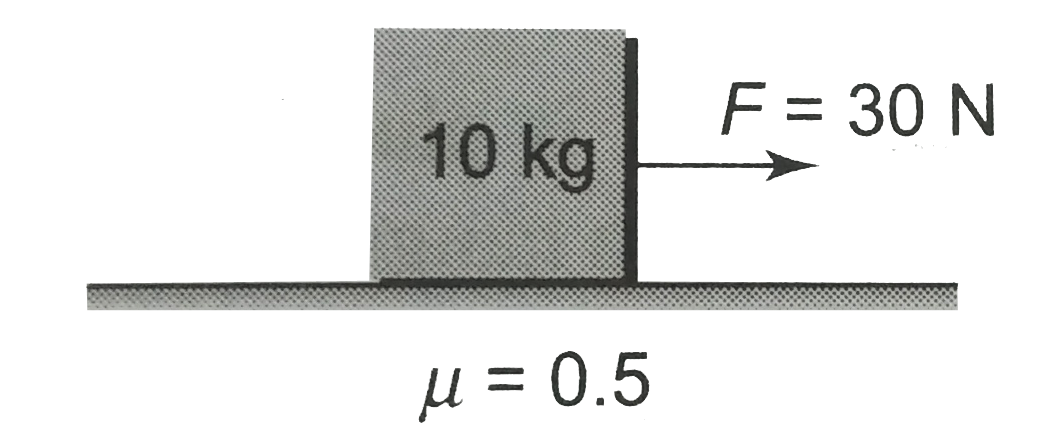 A50NB30NC20NDNone
A50NB30NC20NDNone - Question 2 - Select One
The friction force acting on the block at time t=4s will be
 A50NB30NC25NDNone
A50NB30NC25NDNone - Question 3 - Select One
Block A of mass 5kg is placed on long block B having a mass of 5kg. The coefficient of friction between two block is 0.4. There is no friction between the ground and lower block. The upper block is given a sudden velocity of 10m/s. The upper block slides toward right, so friction force acting on it will be toward left. Its reaction wall act on the lower block, which will act forward . The friction force absorbs x mechanical energy from upper block but supply only y mechanical energy to lower block. Due to friction the velocity of upper block reduces and velocity of lower block increases. This will continue till velocity of both the block get equal.
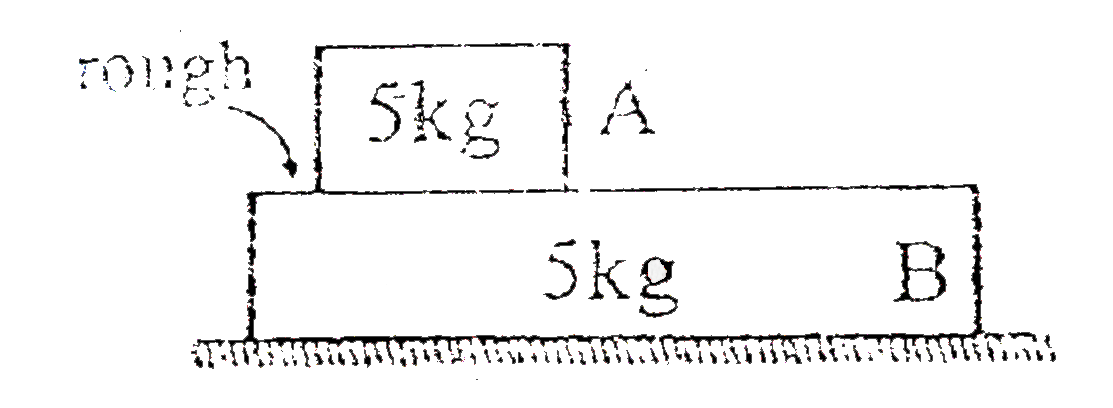
Which curve shows the correct variation of velocity of each block v/s time?A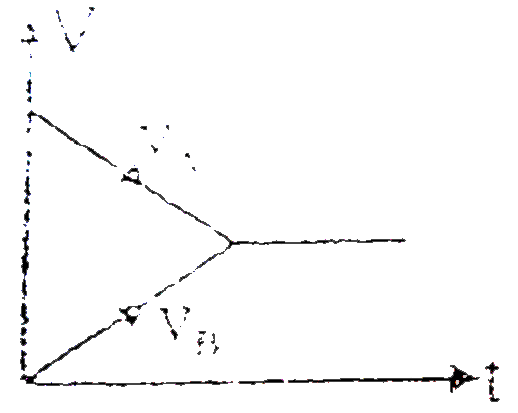 B
B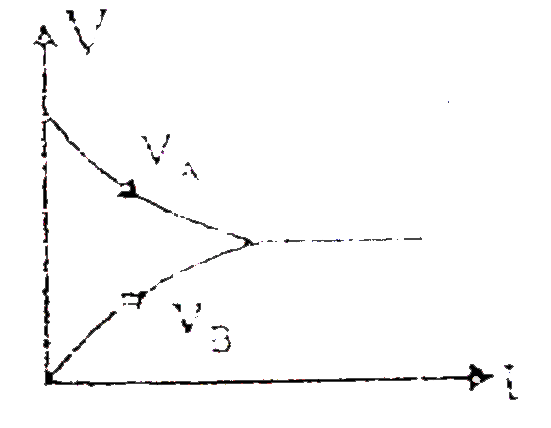 C
C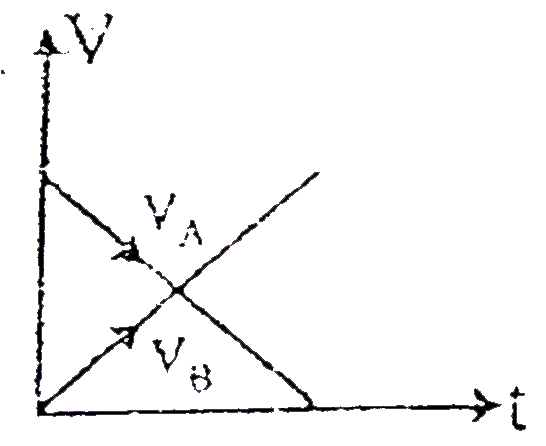 D
D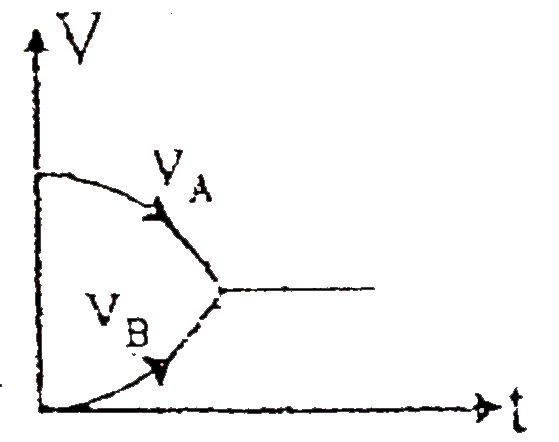
Three blocks are placed as shown. The coefficient of friction between any two surfaces is also as given in the diagram. Find the acceleration of the 1kg block at the instant when a force of 50N is applied on 5kg block.
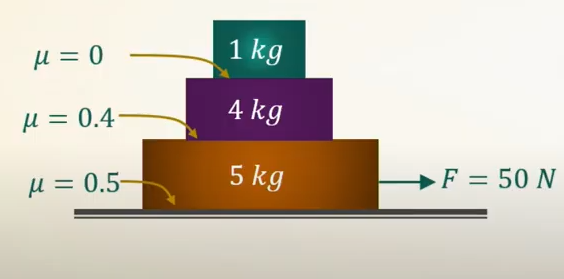 View Solution
View SolutionA block of mass m is kept over another block of mass M nd the system rests on a horizontal force F acting on the lower block produces an accelertion F2(m+M) in the system the two blocks always move together. A. Find the coefficient of kinetic frictioin between the bigger block and th horizontal surface. b. find the frictional force acting on the smaller block. c. Find the work done by the force of friction on the smaller block by the bigger block during a displacement d of the system.
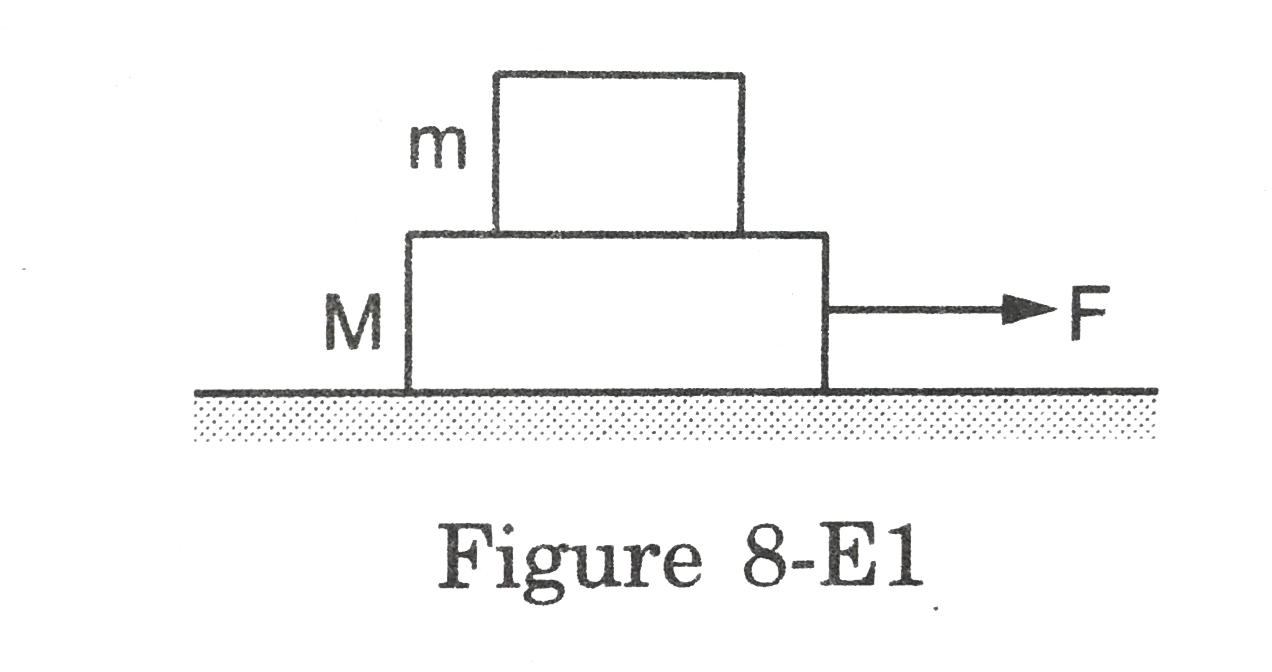 View Solution
View SolutionFind the force of friction acting between both the blocks shown in the figure.
View SolutionBlock A of mass 5kg is placed on long block B having a mass of 5kg. The coefficient of friction between two block is 0.4. There is no friction between the ground and lower block. The upper block is given a sudden velocity of 10m/s. The upper block slides toward right, so friction force acting on it will be toward left. Its reaction wall act on the lower block, which will act forward . The friction force absorbs x mechanical energy from upper block but supply only y mechanical energy to lower block. Due to friction the velocity of upper block reduces and velocity of lower block increases. This will continue till velocity of both the block get equal.
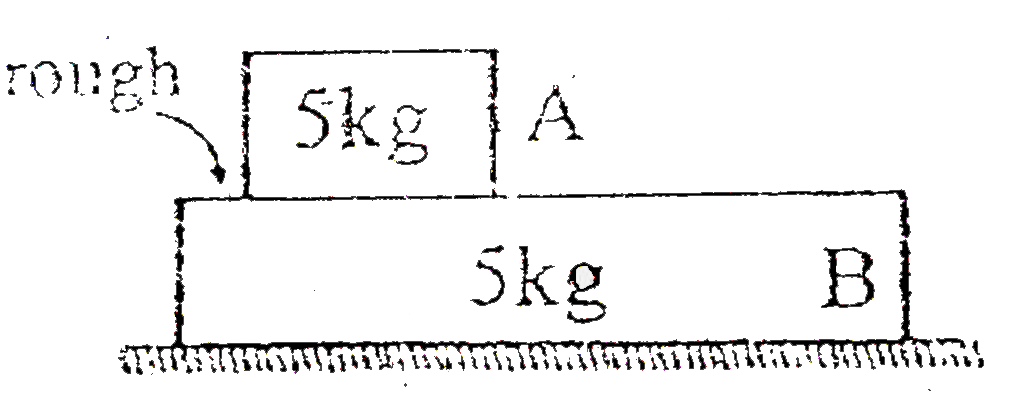
The net energy loss due to friction in the entire process isView SolutionIf the mass of block is 1 kg and a force of 10 / √3 N is applied horizontally on the block as shown in the figure . The frictional force acting on the block is :
 View Solution
View Solution


